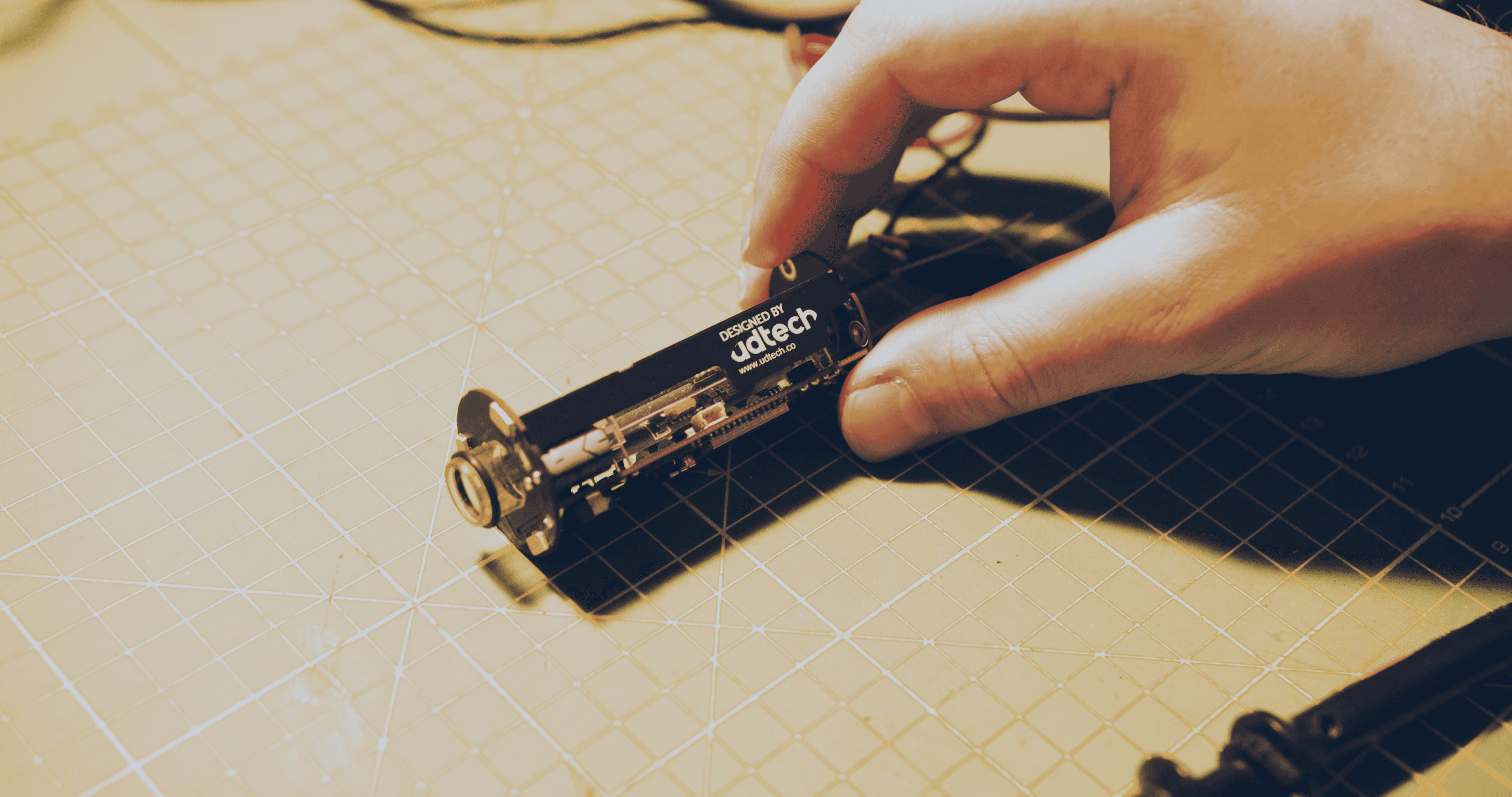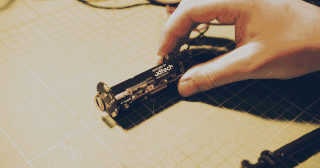

Bringing your ideas to life: from concept to manufacturing.
Bringing your ideas to life: from concept to manufacturing.
Have you ever wondered how electronic devices are designed and manufactured? Prototyping is one of the most significant phases in product development and includes the PCB development process. It allows you to test and validate your design before moving forward with manufacturing. Through prototyping, you can identify any potential issues or improvements needed, ensuring a high-quality end product. Industrial design and product development come into play during this stage, as they contribute to the overall aesthetics and functionality of the device. From concept to manufacturing, professional PCB design, electronic engineering, prototyping, industrial design, and product development all work hand in hand to bring your ideas to a successful implementation.
Have you ever wondered how electronic devices are designed and manufactured? Prototyping is one of the most significant phases in product development and includes the PCB development process. It allows you to test and validate your design before moving forward with manufacturing. Through prototyping, you can identify any potential issues or improvements needed, ensuring a high-quality end product. Industrial design and product development come into play during this stage, as they contribute to the overall aesthetics and functionality of the device. From concept to manufacturing, professional PCB design, electronic engineering, prototyping, industrial design, and product development all work hand in hand to bring your ideas to a successful implementation.
One of the most important aspects of prototyping is PCB development. PCB, or printed circuit board, is the foundation of any electronic device, acting as a platform for all the necessary components to come together seamlessly. The PCB development process starts with the initial concept and design. Whether you are an electronic engineer or a product designer, having a clear vision of your project is essential. PCB editing and development tools play a vital role in turning your ideas into reality. With professional PCB design software, you can create and modify PCB board drawings, ensuring that your design meets all the necessary requirements.
One of the most important aspects of prototyping is PCB development. PCB, or printed circuit board, is the foundation of any electronic device, acting as a platform for all the necessary components to come together seamlessly. The PCB development process starts with the initial concept and design. Whether you are an electronic engineer or a product designer, having a clear vision of your project is essential. PCB editing and development tools play a vital role in turning your ideas into reality. With professional PCB design software, you can create and modify PCB board drawings, ensuring that your design meets all the necessary requirements.
However, the development process doesn't end with manufacturing of the PCB itself. Once the PCB is manufactured, components are mounted on it, and firmware is flashed onto the microcontrollers or other programmable devices. This step is crucial as it brings the PCB to life and enables it to perform its intended functions.
However, the development process doesn't end with manufacturing of the PCB itself. Once the PCB is manufactured, components are mounted on it, and firmware is flashed onto the microcontrollers or other programmable devices. This step is crucial as it brings the PCB to life and enables it to perform its intended functions.
After the components are mounted and the firmware is flashed, the testing stage takes place. This stage ensures that the PCB functions as expected and meets the desired specifications. Testing is essential to identify any potential issues or defects that may have occurred during the manufacturing process or component integration. During the testing phase, various tests are conducted to verify the functionality, performance, and reliability of the PCB. These tests may include functional testing to ensure that all the components are working correctly, electrical testing to check for proper voltage and current levels, and environmental testing to assess the PCB's performance under different conditions such as temperature and humidity. Testing also involves checking for any potential short circuits, open circuits, or faulty connections that could affect the PCB's performance. Additionally, firmware testing is conducted to ensure that the programmed functionalities are working as intended. The testing phase is critical to ensure the quality and reliability of the PCB. It allows any issues or defects to be identified and addressed before the final product is delivered to the end-users.
After the components are mounted and the firmware is flashed, the testing stage takes place. This stage ensures that the PCB functions as expected and meets the desired specifications. Testing is essential to identify any potential issues or defects that may have occurred during the manufacturing process or component integration. During the testing phase, various tests are conducted to verify the functionality, performance, and reliability of the PCB. These tests may include functional testing to ensure that all the components are working correctly, electrical testing to check for proper voltage and current levels, and environmental testing to assess the PCB's performance under different conditions such as temperature and humidity. Testing also involves checking for any potential short circuits, open circuits, or faulty connections that could affect the PCB's performance. Additionally, firmware testing is conducted to ensure that the programmed functionalities are working as intended. The testing phase is critical to ensure the quality and reliability of the PCB. It allows any issues or defects to be identified and addressed before the final product is delivered to the end-users.